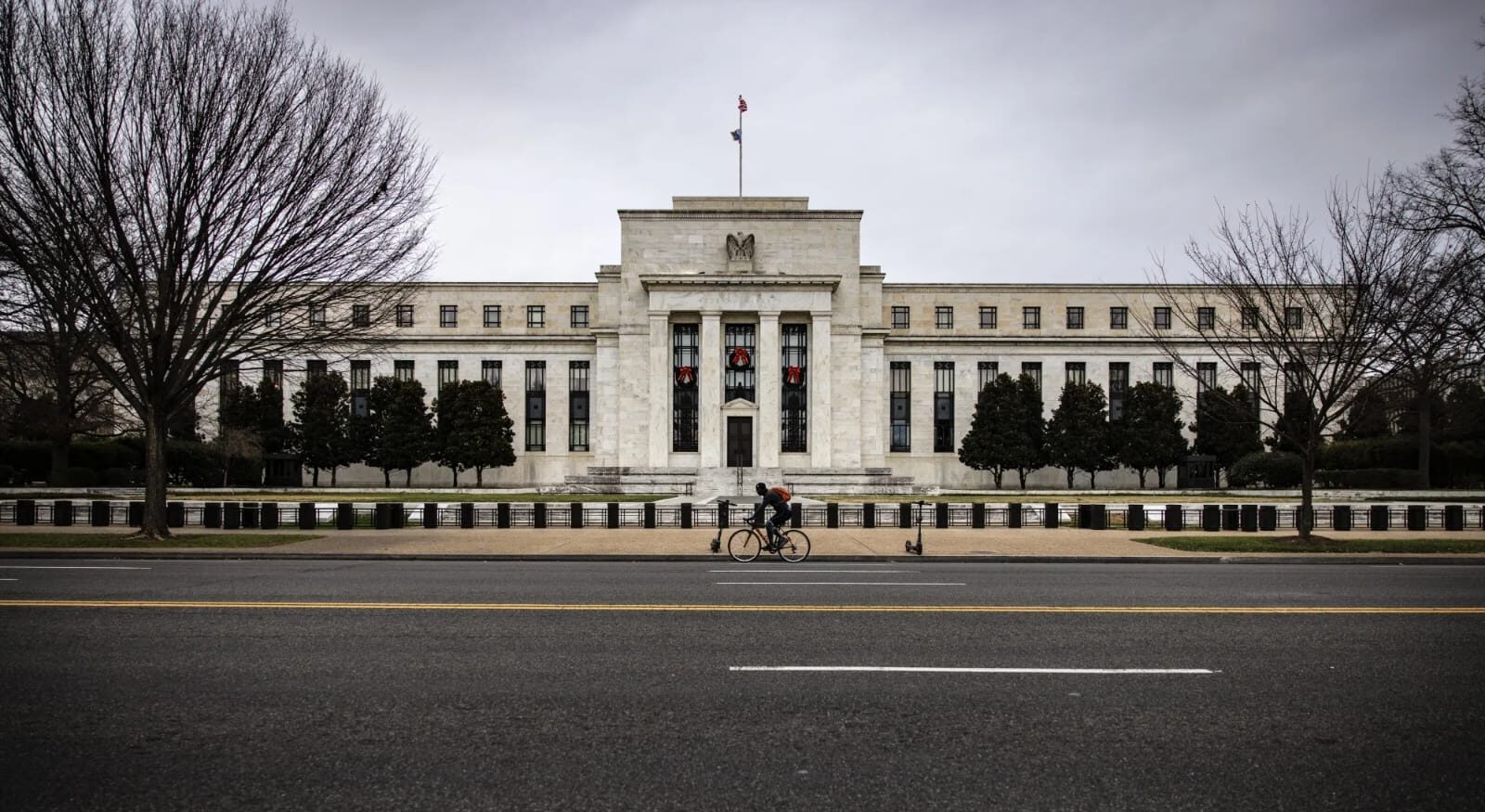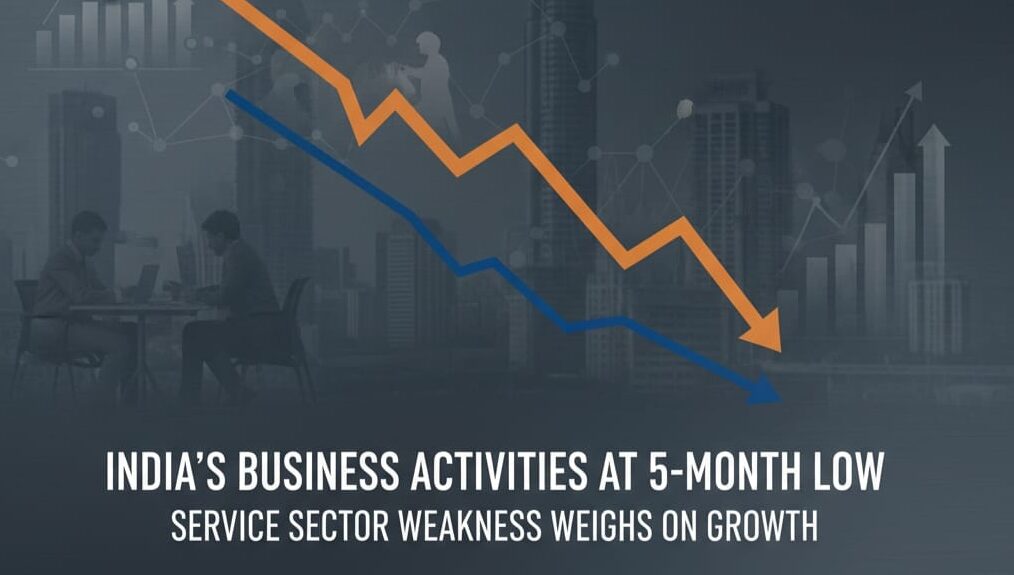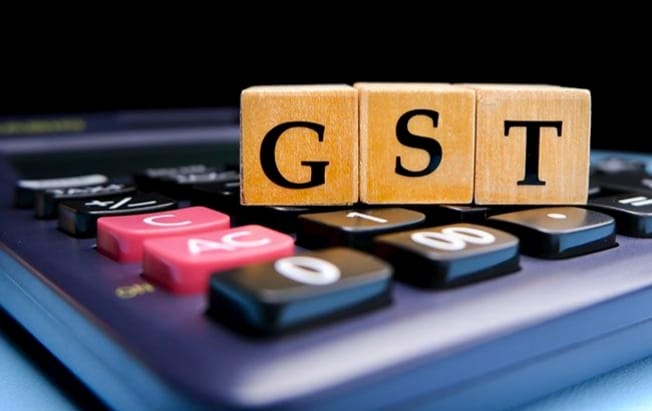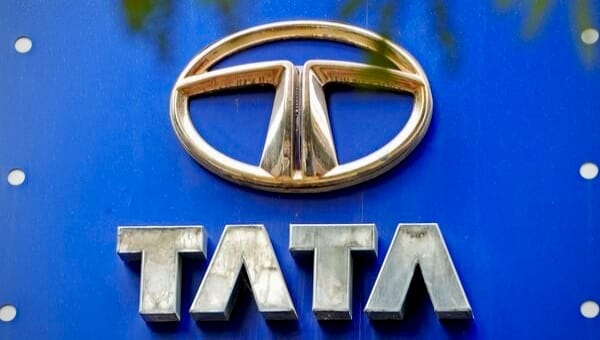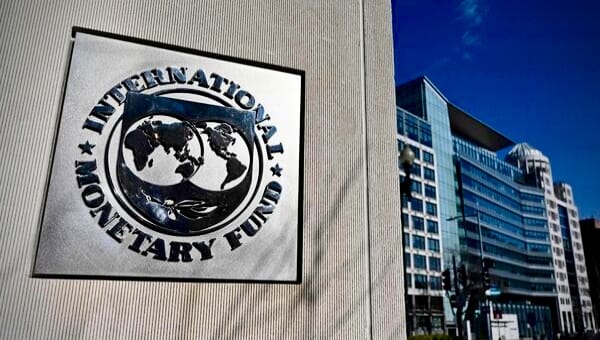
IMF Lifts India’s Growth Outlook to 6.6%, Outpacing China, Signals Global Economic Shift
Mumbai, India – The International Monetary Fund (IMF) has significantly upgraded India’s economic growth forecast for fiscal year 2024-25 to a robust 6.6%, positioning it notably ahead of China’s projected 4.8%. This revision, detailed in the IMF’s latest World Economic Outlook update, underscores a widening divergence in the economic trajectories of Asia’s two largest economies, signaling a potential recalibration of global investment strategies and supply chain dynamics.
The Washington-based lender’s upward adjustment from an earlier 6.3% forecast reflects India’s strong domestic demand, sustained government capital expenditure, and resilience across key manufacturing and services sectors. For investors and policymakers, the IMF’s revised projection acts as a powerful affirmation of India’s growing economic heft and its potential as a pivotal engine for global growth amidst an uncertain geopolitical and economic landscape.
India’s projected 6.6% growth is underpinned by several years of targeted policy interventions. Strong public investment, particularly in infrastructure, continues to stimulate economic activity, while the services sector defies global slowdowns. Private consumption, crucial to India’s economy, remains resilient, supported by a youthful demographic and increasing urbanization. Government initiatives like the Production-Linked Incentive (PLI) schemes are drawing both domestic and foreign investment into manufacturing, aimed at reducing import reliance and integrating India more deeply into global supply chains—a strategy appealing to multinational corporations seeking diversification. The extensive build-out of digital public infrastructure, including the Unified Payments Interface (UPI) and Aadhaar, has also streamlined economic activity and fostered financial inclusion.
In contrast, China’s moderated 4.8% growth forecast reflects persistent structural challenges and a deliberate economic rebalancing. The nation continues to grapple with a beleaguered property sector, elevated local government debt, and deflationary pressures. Demographic shifts, including an aging population and declining birth rates, pose long-term constraints. Beijing’s pivot toward high-tech manufacturing and domestic consumption is complex, while geopolitical tensions and supply chain de-risking efforts have impacted foreign direct investment. This slower forecast marks a notable shift from decades of rapid expansion, indicating a maturing economy navigating a new phase of development.
The Great Divergence and Investment Focus
These comparative growth projections highlight a “Great Divergence” between India and China, with significant implications for global capital allocation. While China has long been a favored destination, its domestic challenges combined with India’s improving fundamentals are prompting a re-evaluation. Global investors are increasingly viewing India as a viable alternative or complementary destination for capital, often encapsulated in the “China+1” strategy. Analysts note that India offers a unique combination of scale, demographic dividend, and a policy environment increasingly conducive to long-term investment, emphasizing the quality and sustainability of its growth.
Despite this optimistic forecast, India faces challenges. Inflation management remains a concern for the Reserve Bank of India, exacerbated by global commodity price fluctuations. Geopolitical instability could impact exports and investment inflows. Domestically, issues like income inequality, climate change vulnerabilities, and the need for further structural reforms in land and labor markets persist. Sustaining this growth momentum will require continuous policy vigilance.
Why It Matters
This IMF upgrade signifies more than just an economic forecast; it represents a narrative shift. It reinforces India’s emergence as a formidable economic power, capable of anchoring global growth. For investors, it underscores India’s increasing attractiveness as a high-growth investment destination. For global policymakers, it highlights India’s importance as a strategic partner and a key player in shaping the future economic order. This news signals a rebalancing act on the world stage, with India poised to take on a larger, more influential role in driving both economic prosperity and geopolitical stability.
The IMF’s upgraded forecast for India is a testament to its current economic strengths and strategic direction. While challenges remain, the foundational elements for sustained high growth appear to be firmly in place. India’s journey towards becoming a developed economy will be marked by continuous reforms and a strategic approach to global integration, solidifying its position as a central pillar of global economic expansion in the coming decade.
